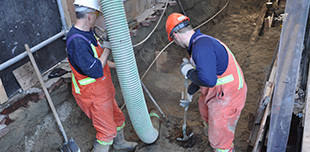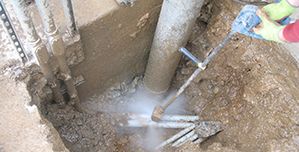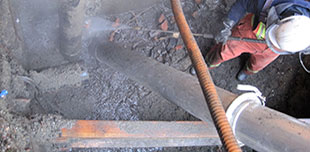A catch-basin is one of those things that are easy to take for granted. Of course, as with so many things we take for granted, if a catch-basin stops working correctly, you could be in for a lot of trouble. Keep reading to find out more.
What is a Catch-Basin?
Also known as storm drains, catch-basins are located along roadways, and they siphon water into the storm drain system. These reservoirs also help to replenish the underground water supply.
It’s also important to understand what catch-basins aren’t. Catch-basins are not trash cans or garbage disposals for whatever finds their way into them. Given their importance to the water supply, we need to be very careful what we allow into catch-basins.
Signs of Trouble
In many ways, it’s hard to notice signs of trouble before it’s too late. After all, we only see part of the catch-basin on a regular basis, and it’s simply a street-level cover.
There are some telltale signs, however, that something is wrong with a catch-basin. The prevalence of strong, foul odours emanating from a catch-basin is often a sign that it needs to be cleaned. Given their utility, catch basins generally do not smell good, but if one is noticeable from a distance, this is most likely a sign that something is affecting its operation.
Tips and Tricks for Maintaining Your Catch-Basin
Plenty can be done to maintain catch-basins, as well. Most things are preventative measures, but they can have a huge impact. As I mentioned earlier, keep garbage and litter from going down the drain.
Many people don’t realize how easy it is, however, to accidentally send this kind of debris down there. Be careful not to clean up yard clippings, litter, or dirt from sidewalks with a hose, as the runoff almost always ends up in catch-basins. Simply by being mindful of what you’re doing with your own lawn and driveway, you can save your catch-basin a lot of problems.
Though they’re easy to miss, catch-basins play an unmistakably important role in how our modern society works. Contact Eden flo for all your Catch-basin cleaning and maintenance needs.








